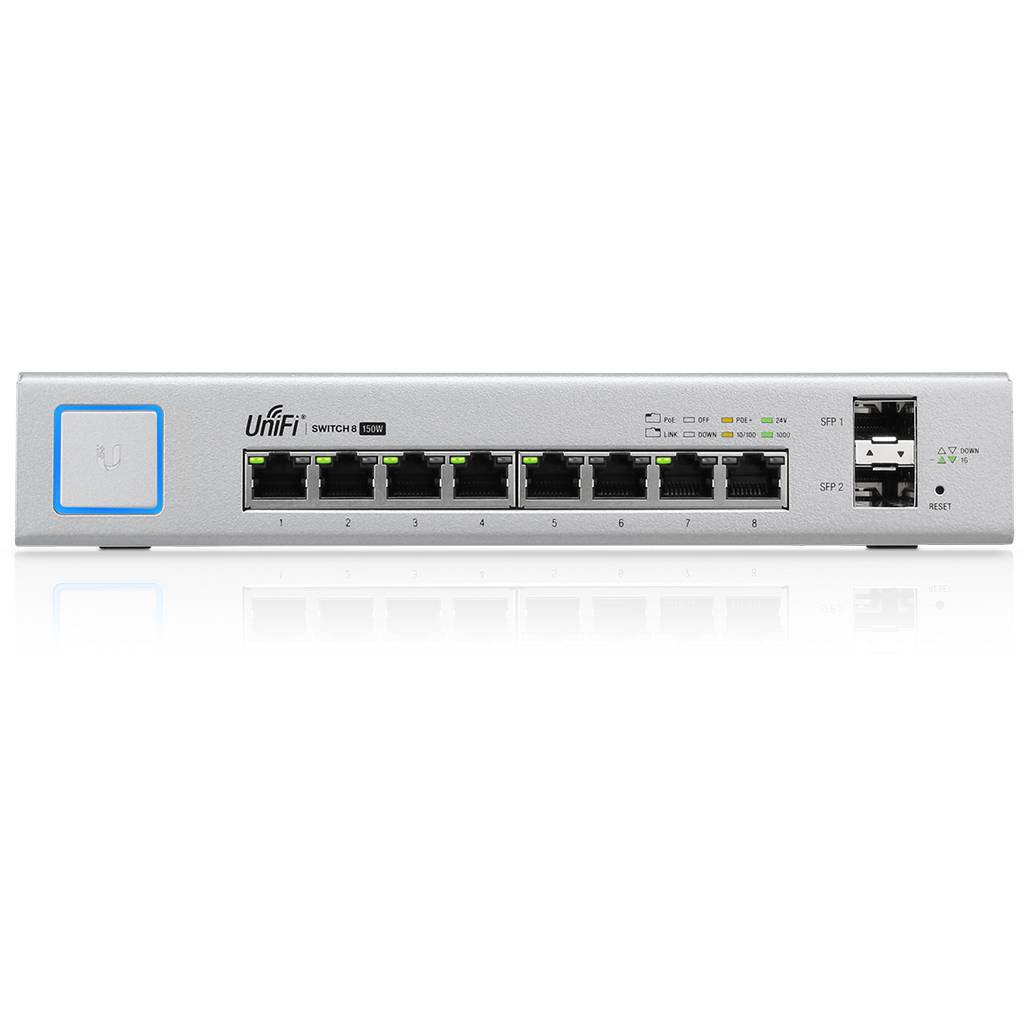If you’re looking into optimising or improving your home network, you’ve come across the term ‘PoE’. PoE (Power over Ethernet) devices are now commonplace and, often, an integral part of any home network setup. This is because PoE technology essentially ‘cleans up’ your network configuration by removing the need for extraneous power cables. PoE devices are literally powered through the ethernet cable. In other words, power and data are transferred to the device simultaneously through a single cable. An elegant solution!
Routing only a single cable has many advantages. Now, using PoE and appropriate lengths of ethernet cable, you can neatly daisy-chain devices whilst saving on costs associated with cable management, purchase and installation. Areas previously inaccessible for access point installation due to their remote situation from power outlets now become available. PoE access points can be installed on the ceiling or on a wall without the need for bulky, unsightly power cables on display, whilst reducing installation time and difficulty. This makes neat, aesthetically pleasing installation a possibility for a dab-hand at DIY, or an easier, faster (and therefore cheaper!) job for a professional.
Terminology
Once one is convinced that devices like PoE switches and WiFi access points make for an improvement in your office or home network setup, one would want to take advantage of this technology. Upon looking into PoE devices, however, you’ll quickly be struck by the rather obtuse terminology associated with them. “IEEE 802.3af/at”, “active PoE vs passive PoE” and the difference between a device that supplies PoE and one that is powered by the PoE technology. In this article, we'll do our best to make this clear.
A Brief History
There are essentially two types of PoE: active and passive, with active PoE being broken down into two different standards. The first active PoE standard, 802.3af was introduced by the IEEE in 2003 to combat incompatibility creeping into the market between PoE supplies and PoE devices. 802.3at was introduced in 2009, with the new 802.3bt being defined by the IEEE in 2018. The standards themselves denote the wattage a PoE supply can forward to a powered device, with newer standards allowing for higher wattage, introduced in response to the higher power demands of modern devices. Due to the ease of confusion, it is not uncommon to see 802.3af referred to as simply PoE whilst the newer 803.2af is referred to as PoE+. A device’s datasheet (available on our product listings under ‘documents’ or through the manufacturer’s website) will list which it requires and/or supplies. The IEEE has created standards for all kinds of technologies and, if you were to search for ‘802.3’ online, you would find that there are around 100 different standards prefixed ‘802.3’, all associated with ethernet technology.
The Technical Bit
An active PoE supply (switch or injector) ‘negotiates’ a particular voltage with the device receiving the PoE. Remember this by mentally anchoring that active PoE plays an active role in the supplying of electrical current at a particular voltage. First, the switch or injector supplying PoE will send out a current at a lower voltage in order to detect the characteristic signature of an IEEE compatible device. If the 802.3af/t compliant PoE switch or injector does not detect such a signature, it will not send any power to the device. This protects it from overload. Secondly, a classification process occurs. If the powered device calls back with a classification signature, it identifies itself as belonging to one of four power classes to the PoE supply. This determines the level of power that will be supplied to the powered device. PoE+ is one of these power classes.
By contrast, a passive PoE supply, as you might guess, plays no such active role. Rather, a passive PoE supply will simply supply current at a steady 24V without performing the handshake process with the powered device.
Devices: Supplying and Receiving
Supplying PoE
There are two kinds of devices that supply PoE: PoE switches, which are an elegant all-in-one solution - and PoE injectors/adaptors. A PoE injector is essentially an adaptor. It will serve to power a PoE-powered device in applications where the network switch does not supply the PoE itself. You would route one ethernet cable from the switch to the PoE injector, then another from the injector to the device. Importantly, the PoE injector itself will require power via a dedicated PSU; a separate PoE injector will be required for every powered device you wish to connect to the switch. This still holds an advantage over access points requiring their own PSU, since a small PoE injector can be situated close to the switch, where finding a power outlet should be no problem, and you then have only the ethernet cable to route neatly to your access point.
PoE switches will require a single power cable but will supply PoE to any device connected to a PoE-out port. The number of PoE-out ports on a PoE switch is variable, so check the product description (e.g. the US-8-60W is an eight-port switch that supplies PoE from only four of its ports). The advantage here is that the switch itself serves as the power source, eliminating the need for additional components and cables.
Receiving PoE
Nowadays there are many devices that can be powered over ethernet. These include wifi access points, VoIP desk phones, IP CCTV cameras and Access Control Security Systems such as IP Intercoms. Almost any modern network device can be powered through PoE technology. As always, check a product’s specifications before purchase to be sure that your PoE powered device is compatible with passive PoE or the standard of active PoE that your PoE supplying device (switch or injector) supplies.
In Summary
PoE devices like the UAP-AC-Lite WAP or UniFi UVC-G3-Bullet IP security camera can benefit your home or office network setup by reducing costs and difficulty of installation vs devices powered with a PSU. Whilst the Ubiquiti US-8-150W network switch will provide PoE/PoE+/24V passive PoE from each of its ports, auto-sensing which it is that the connected device requires through the processes described above, the Netgear JGS524 network switch is limited to supplying only 802.3af PoE. Therefore, as already mentioned, ensure that you’re purchasing PoE network switches or PoE injectors compatible with your devices.



